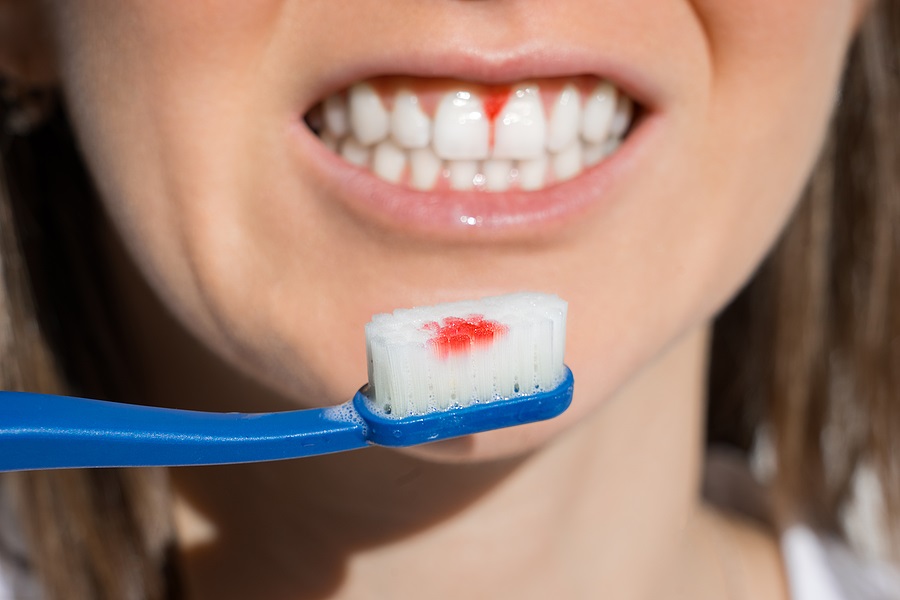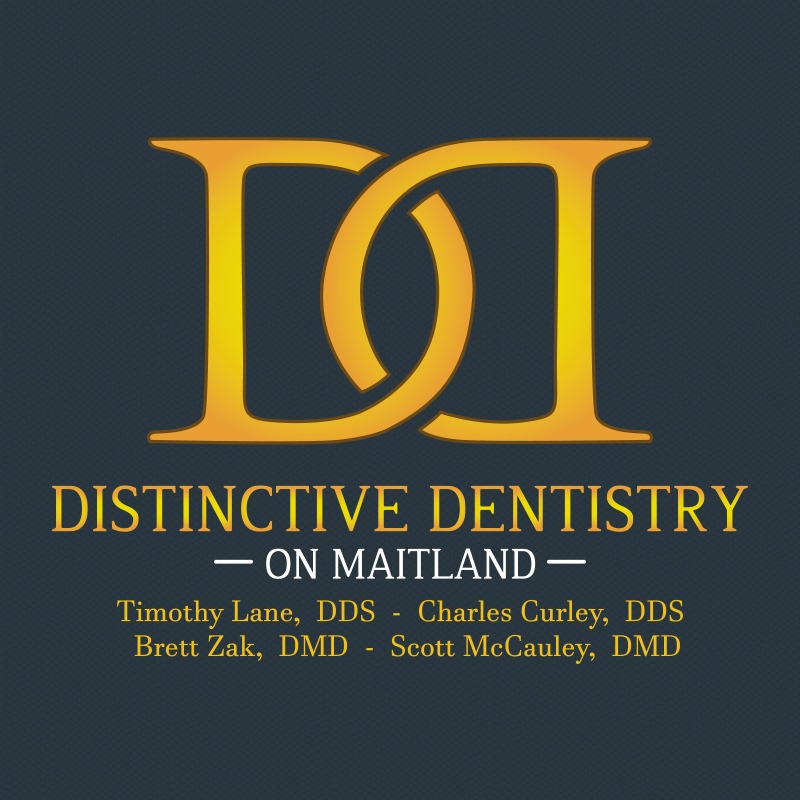Many, many times Dentists and Dental Hygienists hear patients say, “My gums always bleed, that’s normal for me”. It may be something frequently occurring for some, but is it healthy? The journey of oral bacteria and how it affects our whole body is an amazing one. Oral bacteria, plaque, starts so innocently as a little fuzzy coating on our teeth. There are hundreds of different types of bacteria that can form in the mouth, most aiding in digestion and maintaining a healthy balance of the mouth. There are less than 30 bacteria types that are the real trouble makers. If you are thorough with removing the bacteria daily from ALL surfaces of your teeth (in between the teeth too!) the story ends here. Health is intact. For those bacteria left undisturbed/uncleansed you will be amazed to know what they are capable of. It’s far beyond the worries of bad breath!
First, the bacteria invades the top layers of the gums causing a gum infection, gingivitis. This can be visible as red puffy gums although, sometimes it is not visible and found hidden in between the teeth. If you were to put a thermometer under an inflamed gum line it would be running a fever. Infection has begun. As the bacterial infection deepens it enters the bloodstream through the weakened gums and can trigger a systemic (whole body) inflammation. The inflammation and bacteria challenge and triggers the liver to become active releasing proteins (C-reactive protein, fibrinogen and interleukin 6). This bacteria and inflammation reaction may be linked to atherosclerosis conditions such as stroke. This body wide awareness of the inflammation now starts to alter our body’s natural insulin process causing hyperglycemia. The domino effect continues as it leads to abnormalities in cholesterol and high blood pressure…. All from a little fuzzy surface on your tooth. Who would have thought!
If you notice bleeding of your gums, take action. Our arms and legs don’t bleed when we clean up, neither should our gums.
Distinctive Dentistry on Maitland in Altamonte Springs FL specializes in general and cosmetic dentistry. If you want to learn more about gum disease and various treatments for it, please give us a call at (407) 830-9800 or contact us online today!
More Blog Posts
Office Hours
MON - TUE7:00 am - 3:00 pm
WED7:00 am - 5:00 pm
THU7:00 am - 3:00 pm
FRI8:00 am - 12:00 pm
SAT - SUNClosed











